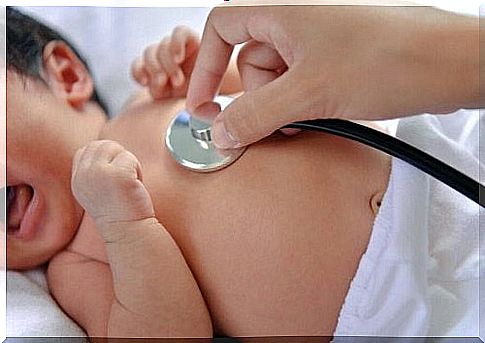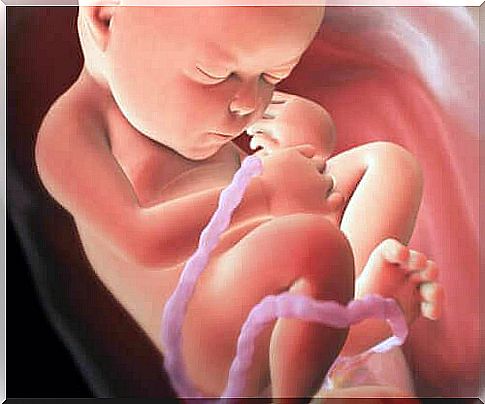What Is Congenital Heart Disease? – Being Parents

What is congenital heart disease? During gestation, it may happen that the fetus has certain problems with birth defects or birth defects. Let’s take a closer look at one of the most common: congenital heart disease.
The types of abnormalities present in fetuses can range from hand deformities to heart problems. Thinking precisely of this organ, we often ask ourselves the question, the answer of which is very important: What is congenital heart disease?
The word heart disease refers to any condition of the heart and cardiovascular system. On the other hand, the term “congenital” means “condition present at birth”.
So far it is clear when we talk about this pathology. However, behind it all hides a world of information about the causes of this phenomenon in the fetus, the types of congenital heart disease, their symptoms and their treatments.
Congenital heart disease
Previously, we defined congenital heart disease as a birth defect in which the baby’s heart has problems in cardiovascular structure and function.
However, when it comes to congenital heart disease, it actually includes a lot of heart disease. Although it puts the baby’s life in danger during its first year of life, this condition can be overcome with the right medical treatment.
According to the American Academy of Pediatrics, between 1% and 2% of babies are born with birth defects. Meanwhile, according to the American Heart Association, 9 out of every 1,000 babies are born with congenital heart disease.
These medical data tell us that heart disease can indeed be considered one of the most recurrent birth defects.

Its causes
Now it is up to us to ask ourselves what are the causes of these different diseases. As you know, the baby’s heart begins to develop from the moment of conception. Its absolute development comes to an end in the eighth week of pregnancy.
It is during this period that the malformation will occur. The main cause is that not all of the steps necessary to form a healthy heart have been completed.
The reason why this takes place remains a mystery. In most cases where this occurs, one cannot ascribe to a specific pattern and there is nothing the mother could have done to prevent it.
“Congenital heart disease is a birth defect in which the baby’s heart has problems with cardiovascular structure and function”
Types of congenital heart disease
Congenital heart disease can be classified in different ways. In cardiology, we speak of cyanotic and non-cyanotic causes. Here is an example of each of the problems that a baby can suffer from:
- Reduced blood flow to the lungs: When this happens, the baby’s blood is deprived of oxygen and eventually the same happens throughout the body. The child is cyanotic and has a bluish tinge on the skin.
- Too much blood flow to the lungs: this causes the lungs to overwork, which increases the child’s blood pressure .
- Low blood flow in the body: This happens when the blood vessels are blocked and the blood flow is difficult.
From these three main problems, cardiologists will specifically treat the malformations that produce them. Whether in the arterial ducts, atrial septal defect, ventricular ducts, pulmonary valves, among many others.
In many cases, there may be more than one heart disease or the combination of several categories.

Treatment for heart disease
Pediatric cardiologists will be responsible for treating each case of congenital heart disease in a specific way. Some types of these deformities can be detected while the baby is still in the mother’s womb. While others will remain hidden for a while.
In order to treat these conditions, the specialist, in collaboration with a multidisciplinary team, will decide on the most effective treatment for the child. The measures to be taken range from the exclusive use of drugs to corrective operations, depending on the requirements and the severity of each case.
A final aspect of the type of treatment is that in the event that the child needs to be operated on, the doctors will decide the best time to do it.
Sometimes corrective operations must be carried out immediately. For others, on the other hand, it makes sense to wait a few months or even years before performing them.









